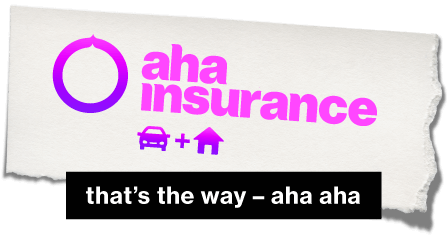As a conscientious driver, you know you have to replace your tires regularly. Typically, that’s every 40,000 to 80,000 kilometers. But if you don’t know how much wear you’ve put on your current tires, bought your tires used, or just aren’t sure when you should buy replacements, then there’s an easy way to determine how much life your tires have left in them: the tread.
Knowing how to check tire tread will save you many headaches down the road, like when you’re buying a car. You can quickly check how much tread is left on your tires, and this will give you a solid indication of whether your tires are safe, nearing the end of their life, or needing to be replaced immediately.
Three ways to check tire tread
Understanding how to check tire tread is all about reading the depth, or how much tread your tires still have left. Even if you’ve never measured this before, you can check your tread easily at home and without any special equipment.
Generally, though, you should check your tire tread while changing your seasonal tires. There are tire tread depth gauges that you can buy for a few dollars. It’s the most reliable way to check your tread, but not the only way.
Here are three easy ways to check the tread depth on your tires.
Tread depth gauge
This is a special tool designed specifically to measure tread depth. Insert the pin into the grooves between the tread and press down on the base until it’s flush with the tire to get a reading. Here’s what the readings mean:
- 2/32 inches: replace your tires because they’re bald
- 3/32 to 4/32 inches: your tires are nearing the end of their life
- 5/32 to 6/32 inches: your tread is sufficient
Take a look at this one for $5 from Canadian Tire, for example—just keep it in the trunk or the glove compartment whenever you need it.
Tread wear indicator
This is the first method we tell people when they ask us how to check tire tread. Most tires come equipped with a tread wear indicator that’s moulded into the rubber at the bottom of the tread groove. The bars indicate when the tread depth is less than 2/32 inches.
You’ll find those bars in the spaces between the parts of the tire that make contact with the road. If you can see the bars at all, then set a reminder to check back on them in a month or two. If the bar is around the same depth as the part of the tire that touches the road, then the tire needs to be replaced right away.
This trick doesn’t require any special tool (not even the $5 variety), but it’s incredibly useful. All it takes is taking on a corner just a little too fast with slick roads from leftover rain to lose control, so practice this one frequently!
The nickel test
Take a nickel and insert it crown-down (the Queen’s face upside-down) between the grooves of the tread. If the top of the Queen’s crown is visible, then your tires are bald.
You can also use a quarter to do the job here. Insert the coin in one of the grooves with the caribou’s face pointing straight down. If you can see the caribou’s nose, then you need to replace that tire soon—it won’t last another 10,000 kilometers.
How to check tire tread’s related problems
Depth, however, isn’t the only thing you should consider when inspecting your tread.
You should also check for uneven wear, which you can determine by measuring tread depth in multiple places on a single tire. Uneven wear can indicate that your tires are over- or under-inflated, and both of these can be problematic.
Over inflated tires can be more uncomfortable to drive on, and they’re more prone to damage, while under inflated tires reduce your fuel economy. Who wants to spend more money on fuel or replacement tires sooner than necessary?
Not sure where to start with winter tire replacements? Check out our quick guide for Ontario.
Knowing how to check tire tread is crucial to your safety because it provides better traction on the roads, especially in wet conditions. When your tire tread wears down to a certain point, it can no longer offer the same traction, and that means it’s time to replace your tires.






